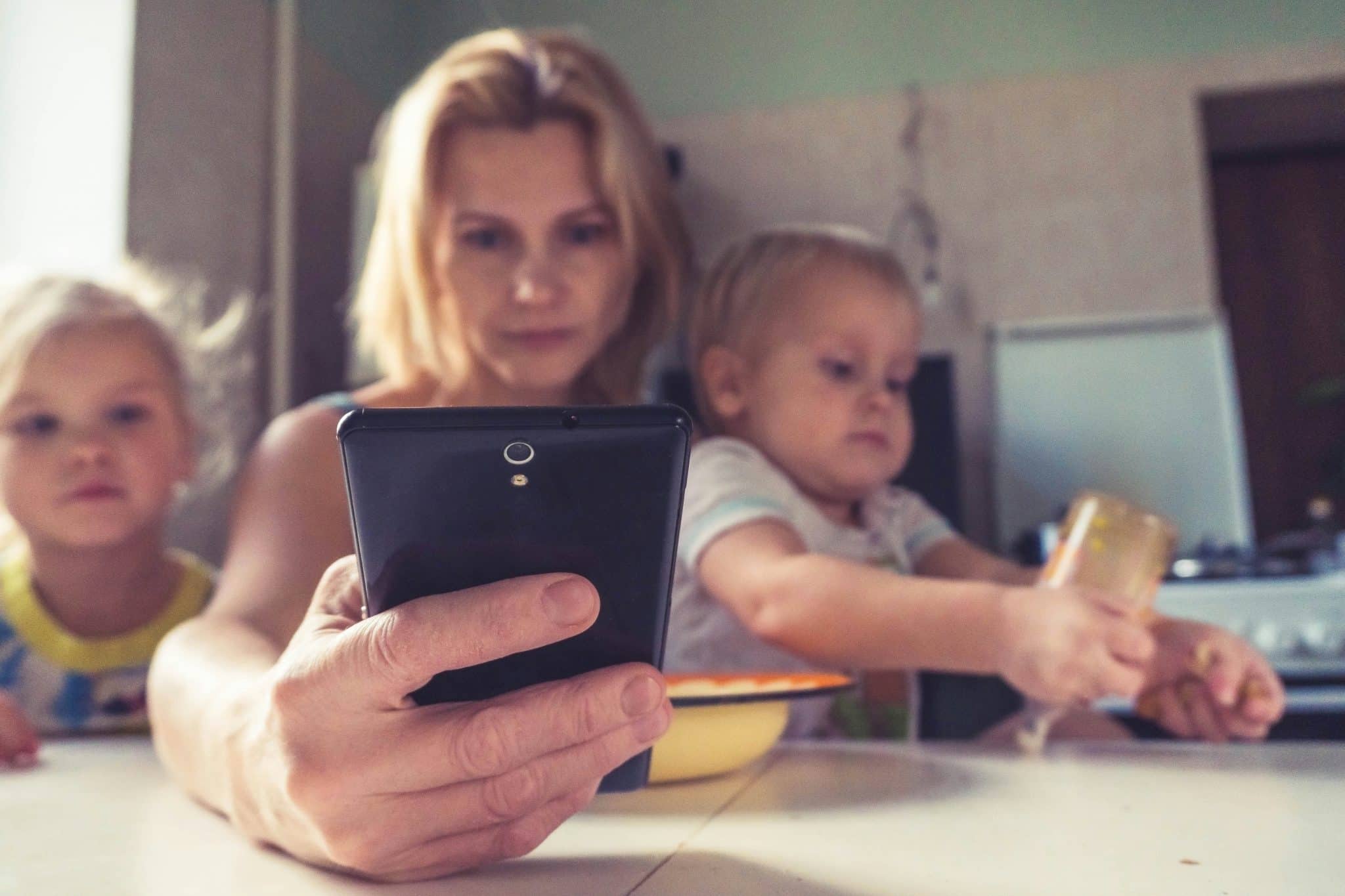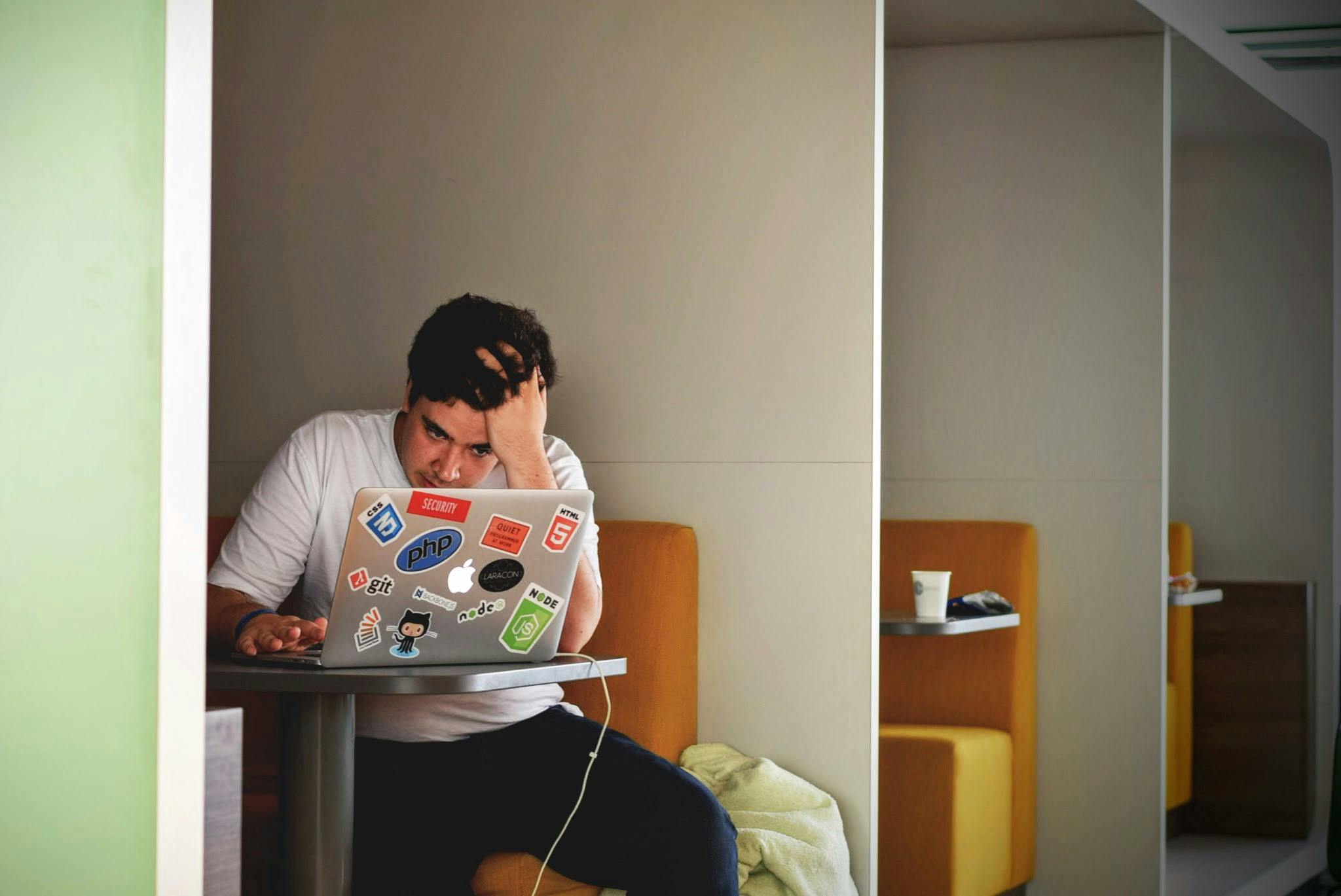How To Take Better Breaks for Increased Productivity and Wellbeing

Are you breaking bad? Or even worse, not at all?
If you want to be healthier, happier, and more productive you need to be taking breaks at work on a regular basis. But for something that should be so simple and come so intuitively, it sure seems tough to take even a moment to yourself these days.
But why do we find it so hard to take breaks? Why, in a world where we have brands built entirely around this very concept, do we find it so hard to take 10 minutes to ourselves? Yes, the pandemic, hustle culture, and FOMO add to the pressure, for sure. But more often than not, many of us believe that we’re just too busy for break time.
Perhaps you wear your crazy-busy as if it’s armor or a badge of honor. Maybe you just genuinely feel like you have no time. And you’d be forgiven for feeling all of these things – as a society we have holding onto outdated models of productivity for far too long!
The good news is that the events of the past year have forced us to confront the way we work – and live – head-on, and if you’ve reached breaking point, you’ve come to the right place! These four simple steps will help you hit the reset button on your bad break habits and leave you more productive than ever and feeling less stressed. So without further ado, let’s get ready to rest!
Plan to pause
You see it everywhere: from the timetabled breaks of a schoolday to the meticulously timed Pomodoro Technique, prior planning and preparation protect productivity – and prevent burnout!
Firstly, scheduling your breaks in advance means you’re more likely to take them. And if you know you’ve got a break coming up, it can provide the motivation for you to give it your all. In fact, the human mind works at its highest level for around 1 hour, after which time there will be a a decrease in the level of energy. That lack of energy inevitably leads to a decline in focus and productivity, leaving you more susceptible to distraction, prone to procrastination, and much more likely to make a mistake.
A 2014 survey conducted by the Draugiem Group showed that the employees who were consistently more productive than their peers were those who took breaks frequently. The research, which used a time tracking tool, even revealed the ideal ratio: 52 minutes of intensely focused work time followed by a 17-minute break. The ideal ratio of course will be different for everyone, but you can use the one-hour rule as a guide, and experiment with different intervals until you find what works best for you. Once you’ve discovered your ideal work-to-break ratio, you can up your productivity further still by combining it with a technique like time blocking.
It’s definitely more difficult to take breaks when you’re working remotely, and the boundaries that divide our work and home lives have all but disappeared during the pandemic. It’s highly likely that you’re feeling burned out, fatigued, or just, well… blah, which means it’s even more important than ever to make sure you’re getting enough downtime in your day. If you find it tough to take a timeout when you’re alone, pre-arrange to take breaks with friends, family, or co-workers. With restrictions easing in some areas, you may be able to head out for a safely socially distanced coffee or a brisk walk. And if you can’t meet in person, there’s nothing to stop you from chatting on the phone while you walk. But please, keep it screenless and make it an audio call!
“When people think their employer cares about their health, they feel more empowered to freely make decisions about when and what type of micro-breaks to take. And that is good for both the employer and the employee.”
Sophia Cho, Assistant Professor of Psychology, NC State
Little and often
It’s often the case with productivity that less is more, and when it comes to taking breaks, it’s no different. A 2016 study showed that taking regular “micro-breaks” helped to counteract the negative effects of stress accumulated throughout the workday. A micro-break differs from your pre-scheduled breaks because not only is it shorter, but it’s impromptu. Stand up to stretch, take a walk to the kitchen, or have a five-minute chat with a colleague (or family member/roommate/pet). The research on micro-breaks dates back to the 1980s, but the latest research published this year in the Journal of Applied Psychology suggests that employee autonomy is fundamental to their effectiveness:
“When people think their employer cares about their health, they feel more empowered to freely make decisions about when to take micro-breaks and what type of micro-breaks to take,” says co-author of the paper Sophia Cho. “And that is ultimately good for both the employer and the employee.”
And if you find yourself taking more breaks on those days when you’re more tired, not only is that normal, but it can actually help you to manage your energy and better engage with work:
“Basically, microbreaks help you manage your energy resources over the course of the day – and that’s particularly beneficial on days when you’re tired,” Cho says.
Your body really does know best, so make sure you listen to it! Try to take a 60-second micro-break every 20 minutes, especially if you’re sitting at a desk or doing other repetitive tasks.

Call a time-out on tech
So you’ve scheduled your breaks and mapped out your work schedule for the day, great work! But come 11 am, are you spending your coffee break hunched over your phone scrolling mindlessly through social media? If so, then it’s not a true break. In order to make the most of your breaks, you need to ensure that you’re taking them away from screens. And not just because it’s important for eye health.
For almost anyone working remotely, Zoom fatigue has been unavoidable, and home workers are feeling under increased pressure to be connected at all times. Those of us who previously had a morning commute are now spending our mornings “getting a head start” by checking our emails with breakfast. Chances are you’ve been working through lunchtime, dinner time, and beyond. You may feel like you’re using the extra time wisely, but the importance of mental breaks is not to be underestimated. The benefits of mentally disengaging from work include increased problem-solving abilities, work performance, and life satisfaction as well as decreased stress levels.
Whenever you can take a break away from technology, do so! And if you simply can’t be away from your computer or phone, you can use Freedom to block access to your email at certain times. And if you think doomscrolling or flicking through Instagram is a good way to distract yourself from work, well you’d be right… but good luck getting back to work when the time comes! We understand that some days simply do call for cute cat memes alongside your coffee, but beware of the dopamine reward loop! We recommend setting your Freedom sessions to run alongside your work schedule so you can get straight back to it when break time’s over.
The beauty of remote work is that you can customize your day around you – it’s ironic that so many of us have wound up feeling constrained by something so that in theory should be liberating.
(Actually) enjoy your break
Setting an alarm will help remind you that it’s break time, but if you really want to guarantee that you take all the breaks you need, be sure to spend them doing something you actually enjoy. Don’t fall into the trap of thinking about the next task on your to-do list! Savor that cup of coffee, eat your lunch at the table, take a walk outside and listen to the birdsong. Read a chapter of that book you’ve been meaning to pick up for so long! Remote work gives us the freedom to spend our break times in our favorite places (Unless your favorite place happens to be the office kitchen, in which case you’re more in need of a break than anyone else!).
Embrace the flexibility of WFH and experiment! Maybe you find a lunchtime run gives you an energy boost? Perhaps you can switch out your regular 3 pm cup of coffee –or combine it– with a quick power nap. The beauty of remote work is that you can customize your day around you. It’s a sad irony that so many of us have wound up feeling constrained by something so that in theory should be liberating.
While you’re taking your break, pay attention to the way you feel in the moment – and how you feel once you return to your desk. Keeping in mind any benefits you experience means you will look forward to taking breaks, making you less likely to skip them in the future.

The make or break
Whenever we break or make a habit, we will start to notice the changes almost immediately. But if you want your new break routine to stick, it’s crucial that you stick to it! On average, it takes 66 days to form or change a behavior pattern. So, it makes sense to have your daily schedules mapped out well in advance to stop you from going off track. Practice being present in the moment while you pause. Think of these precious pockets of time you carve out for yourself as little luxuries. Keep those long-term benefits at the back of your mind, while enjoying the little joys as they unfold each day. Before you know it taking regular, healthy, and productive breaks will become second nature!
Now, isn’t it about time you gave your eyes a rest from the screen and enjoyed a well-deserved break?


